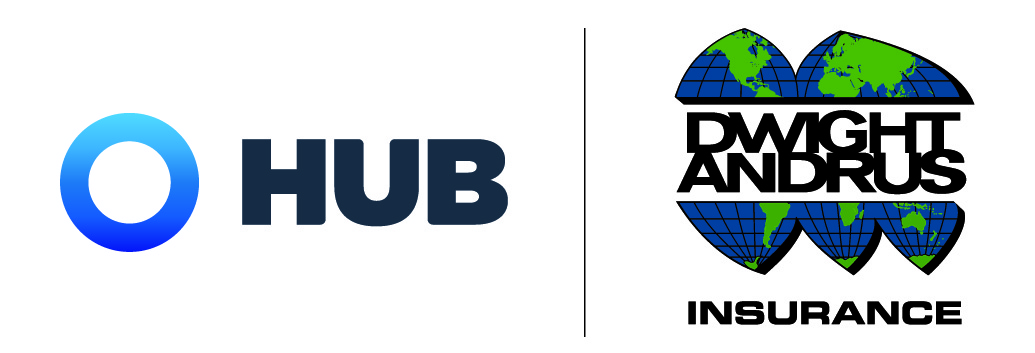Workplace accidents, injuries, illnesses, and fatalities cost companies billions of dollars each and every year. OSHA violations can take their toll as well, as those violations become costly citations. Add to that the costs of lost productivity and downtime, the repair or recovery of equipment and property, medical expenses, workers’ compensation, worker replacement and training, morale issues and absenteeism, and legal representation services, and workplace safety can quickly become a determining factor for whether a business can remain viable. With so much at stake, many businesses implement safety incentive programs to encourage employees to make safety in the workplace a priority.
While many safety programs are designed to keep incident levels low—or even zero them out—truly effective safety incentive programs are about more than numbers. In their best form, effective workplace safety incentive programs promote an authentic culture of safety versus an image of safety.
This has been the long-debated challenge in designing workplace incentive programs: How do you ensure that you’re rewarding factually low numbers of incidents versus low reporting of incidents?
Challenges With Safety Incentive Programs
Splicing the term incentive into the concept of a workplace safety program can make the idea of a reward such a compelling focal point that it can alter workplace behaviors. This has been a long-standing concern, one raised to public visibility in 2012 when then-Deputy Assistant Secretary of Labor Richard Fairfax addressed it in a memo. While these types of programs are noted for reducing the number of workplace incidents, two issues were of particular concern:
- The risk of losing incentives could make employees reluctant to report injuries or accidents.
- Workers who report an injury, accident, or problem might not only lose an incentive but also suffer discriminatory or disciplinary action.
Tempering both of these concerns was the potential practice of tying managerial bonuses to low reporting numbers. This was seen as both opening the door to unlawful discrimination under the Occupational Safety and Health (OSH) Act and violating OSHA regulations on recordkeeping.
So, the memo made a number of recommendations to act as guidelines so that employers can ensure that their programs are not only effective but also ethical and fair.
- Programs should in no way discourage workers from reporting an incident—even if it’s reported at a much later date.
- Policies should not indiscriminately punish workers involved or injured in an incident. The concern was twofold. First, many violations are overlooked as long as nothing happens but punished severely when something does. Second, some incidents occur through no fault but simply happen.
The Do’s and Don’ts of Designing a Safety Incentive Program
Incentive programs can be highly effective when they’re designed well, administered evenly, and practiced continuously—every hour of every work day. These programs not only help to promote set standards for workplace safety but also use positive reinforcement to make safe practices the accepted and expected norm. They’re a way of making everyone an equally vested partner in your company’s safety culture. The idea is that if everyone wants to be safe, then safety in the workplace becomes a positive thing for everyone.
To ensure that your company’s program is positive, fair, ethical, and effective, we’ve compiled a few do’s and don’ts on how to create a well-thought-out workplace safety incentive program.
- Do put it in writing. If you’re going to have a safety incentive program, it needs to be an official, accessible document that can be readily referenced. It needs to state what the terms and conditions of your program are. This typically includes the standards for eligibility and what the expectations are for all parties—everything from everyday work practices and the use of personal protective equipment to safety training, worker feedback, and incident reporting. This helps to ensure objectivity and fairness.
- Do place value on regular front-line input regarding workplace safety. The people who are most aware of workplace dangers are the people who have to face them every day as they go about their jobs. Because they know the system, these front-line workers often can alert you to high-potential conditions and even provide valuable input on how to make a process safer.
This means putting in place a mechanism that will allow you to hear directly what your workers have to say—without intervening layers of managers who may be resistant to budgetary impacts or change. To offer that valuable input, however, workers must feel that they can raise concerns or make recommendations without fear of reprisals. For many workers or teams, recognition and knowing that management took their concern seriously and acted on it to make their workplace safer are high-value incentives. Surveys, questionnaires, interviews or even training sessions can be effective tools to gain high-value in-house feedback. - Do reward all safety practices all of the time. You want safety practices to become habit. Researchers have concluded that establishing a habit can take 18 to 254 days. Making a habit automatic can take another 66. This demonstrates why something as simple as wearing safety glasses at all times or always wearing a certain type of glove is so important.
Consider small rewards for safety-positive spot checks that can accrue over time. Is everyone on a team wearing suitable personal protective equipment (PPE) properly? Did a team implement all the proper protocols for a process? It can be as simple as a checklist on an app that a given team member receives, checks off, and hits send or as personal as a visit from a supervisor. The objective is to look for and reward what workers are doing right lots and lots of times. - Do provide recurring safety training to keep workers up to date with the most current practices. When people know better, they can do better. Even when they thought they knew better, they can forget or remember inaccurately. Plus, if operations change, you want to be sure that everyone is aware of the new responsibilities for a safe work environment. Provide regular training and refresher seminars with the expectation that your entire facility will benefit and as an eligibility requirement for your incentive program.
- Do stress that safety incentive programs are not only to avoid incidents but also to handle incidents that occur in a safe manner. Safety is not an all-or-nothing venture. Even when everyone does everything correctly, an incident can still occur. Equipment can malfunction. Someone can trip and fall simply because their ankle turns beneath their own weight. When something does happen, the need for safety and appropriate actions only increases.
When incidents do happen, consider how well the members of a team responded and what actually caused the incident. A primary concern with incentive programs is that because the mistake or injury of one person, for example, might impact their whole team or company, they might choose not to report it. That initially unreported incident, however, may expand into a larger problem later. Provisions should be outlined in the incentive program so that workers don’t fear reporting an incident promptly. - Don’t tolerate disregard of the safety rules. While safety incentive programs are grounded in recognizing and rewarding desirable work behaviors, unsafe actions or the disregard of safety rules can put everyone at risk. An incentive program needs to clearly state the consequences regarding eligibility for incentives for individuals who fail to contribute to a safe work environment. Violations of safety rules are violations regardless of whether an incident occurs or not.
- Do reward safe, eligible workers with appropriate incentives. Positive reinforcement—an incentive—can be as simple as a thank you or other verbal acknowledgment on the spot that recognizes people for doing their jobs well. Thank you is a two-word phrase with an incredible amount of power. Beyond that, however, are many gestures that workers can appreciate:
- Time Off With Pay—It can be as simple as early dismissal, extra break time or a half-day that lets someone share in their child’s special school event or get a head start on a holiday weekend. Make sure it’s easy for them to cash the time incentive in.
- PPE Merch—Offer premium quality PPE—really nice gloves or a shoe allowance, for example—that employees will want to use on the job.
- Team Lunch—Did a team go above and beyond? Set aside time for a lunch with all food and beverages provided.
- Recognition—Recognition can range from a certificate to a sticker for a hard hat to a spotlight mention in the company newsletter.
- Tools—Whatever our profession, from construction framers or offshore workers to machine operators or healthcare workers, we all appreciate quality tools to use in our jobs.
- Professional Development—Offer tenured, long-standing employees scholarships, tuition, or expenses for additional training or specialty certification.
These are starting points. Depending on your company and the professions involved, your incentive program could explore any number of options, including employee-requested ones.
Researchers and companies know that positive reinforcement works. When a study published in the July 2004 issue of the ASSP Professional Safety Journal looked at several hundred construction firms, researchers found that companies using “a system designed to positively reinforce safe behaviors”—a safety incentive program—“showed a 44 percent decline in injuries.” Meanwhile, “Companies without a system showed a slight increase in injuries.”
If you’re interested in creating a safety incentive program for your business or refining one you already have, you can reach out to Dwight Andrus Insurance. We partner with safety specialists who can help you build an effective safety incentive program that’s customized for your team.

